Year of the Ginkgo: Tenacity – Forrest Boughner
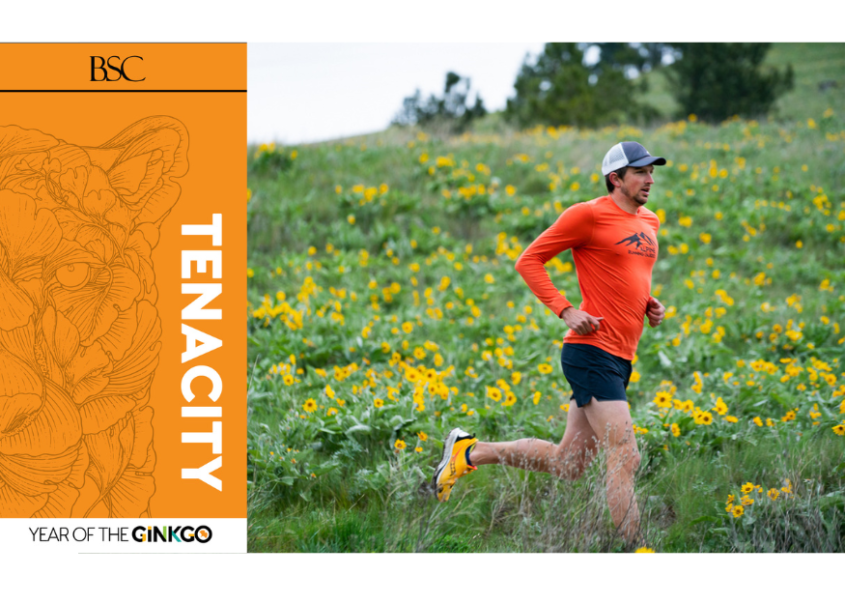
Photo by Seth Orme
Forrest Boughner ’09 says that he first started out in track and cross country at his mother’s insistence.
“Basketball was my thing,” he says, “but a week before high school started, my mom said, ‘You’re going to try out for the cross-country team, and you have to attend at least three practices before you quit.”
Countless “practices” later, Boughner hasn’t quit yet. Today, he works as a running coach and trail guide specializing in mountain running in Missoula, Mont. He founded Alpine Running Guides in 2018 and has also worked as the operations manager at Five Valleys Land Trust. His goal is to expose more runners to the joy of running trails and to foster an appreciation for wilderness and ecological responsibility. Collaborating with several other guides including his wife Sara, Boughner’s company offers personalized coaching and guided trail-running trips for groups of 10 to 14 people.
“Growing up in Flagstaff, Ariz. at the base of a 12,000-foot mountain, trail hiking and running have always been a part of my life,” says Boughner. “I also really like exploring and finding new places.”
In 2013 and 2014, Boughner and his then-fiancée Sara hiked the Continental Divide National Scenic Trail, stretching from Mexico to Canada, through New Mexico, Colorado, Wyoming, and a small part of Idaho and Montana. The trek was a total of five months of hiking.
“One aspect of a long trip like that is, you have periods of ups and downs. There are days where you’re not going to feel good,” says Boughner. “You’re exhausted and you’re beat down, and your feet are hurting, and you wonder, ‘Why am I doing this?’”
He says that the mutual support and common shared goal is what made the trip possible.
“Setting strong goals helps. We wanted to complete our goal more than we wanted to quit. We just hoped that we both weren’t down on the same day. We were able to fully trust the other person to help when things got tough.”
“Anyway, you’re out in the middle of the woods,” he continues, “so if you don’t want to do it anymore, you have to hike out, so you have to keep hiking, either way. Your only option is to keep going.”
Partway through the trip, the two faced an enormous challenge when they both became sick with giardia. While his wife had a milder case, Boughner did not realize he was sick with the same disease until weeks later, after experiencing more unusual symptoms of increasing nausea and racing heart rate. One day, he passed out while hiking. Emergency room doctors warned Boughner that he should stay off the trails for the rest of the season.
“That was a big challenge for our partnership,” admits Boughner. “Sara really wanted to continue — she was feeling better — but she was also worried about me. I hated to keep her from finishing. That was a big thing we had to work through.”
The two returned to the trail the following summer, picking up where they had left off.
Boughner says that one of the toughest aspects of being a trail guide is also the most rewarding.
“I take a lot of people out on trails that not many people go on. Sometimes I’m guiding people who have never trail-run before, or who have never been up a mountain before, or they may be terrified of bears, for example. Trying to figure out what each individual person in a group is worried about, or what their physical limitations are, and trying to blend that all in one day, and make sure people still come out with a good experience.”
However, his favorite part of the job is being able to help others overcome obstacles and stretch themselves to accomplish goals they might not have otherwise been able to do.
“As a coach, I get to be a part of people’s lives during training — their successes and failures; whether they are struggling with family stuff or work stress; and no matter what, they still got out the door and ran. Then, on race day, especially if they’re running a 50-mile or 100-mile race, it’s this huge emotional event. Reaching the finish line of something that big, a goal they’ve had for a long time, is very emotional, especially when it’s been a challenging training process. I love seeing those tears of happiness. I get to see all that hard work and persistence pay off, and that’s fantastic.”
This article appears in the Fall/Winter 2022 issue of ’Southern Magazine.

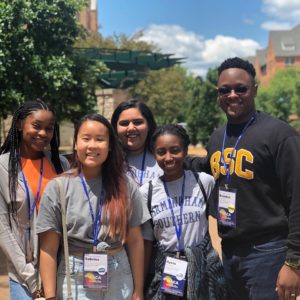
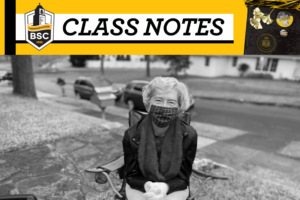
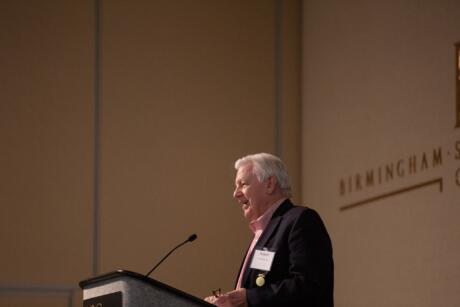
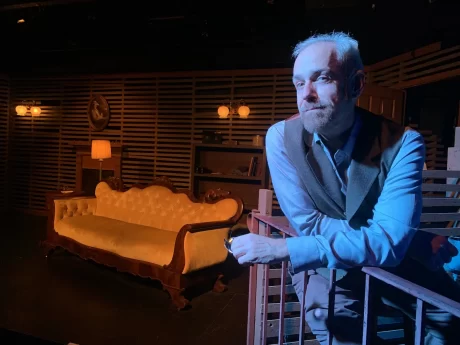
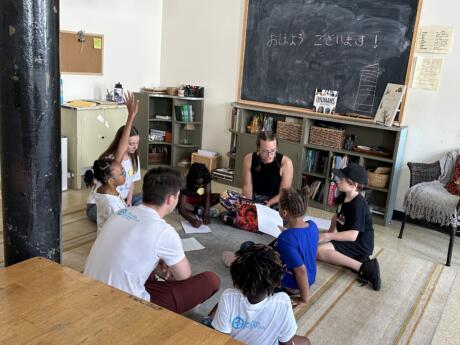
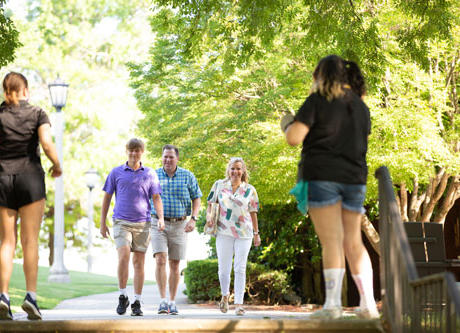

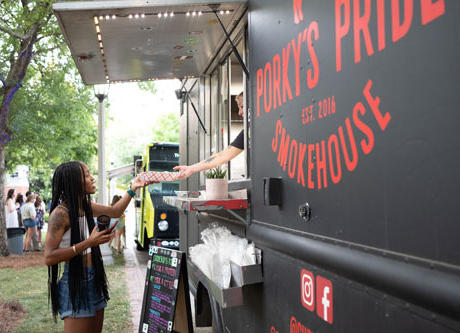
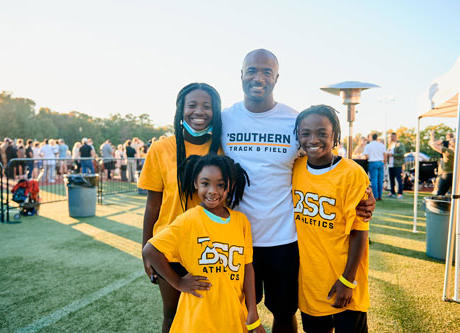

// Comments are closed //